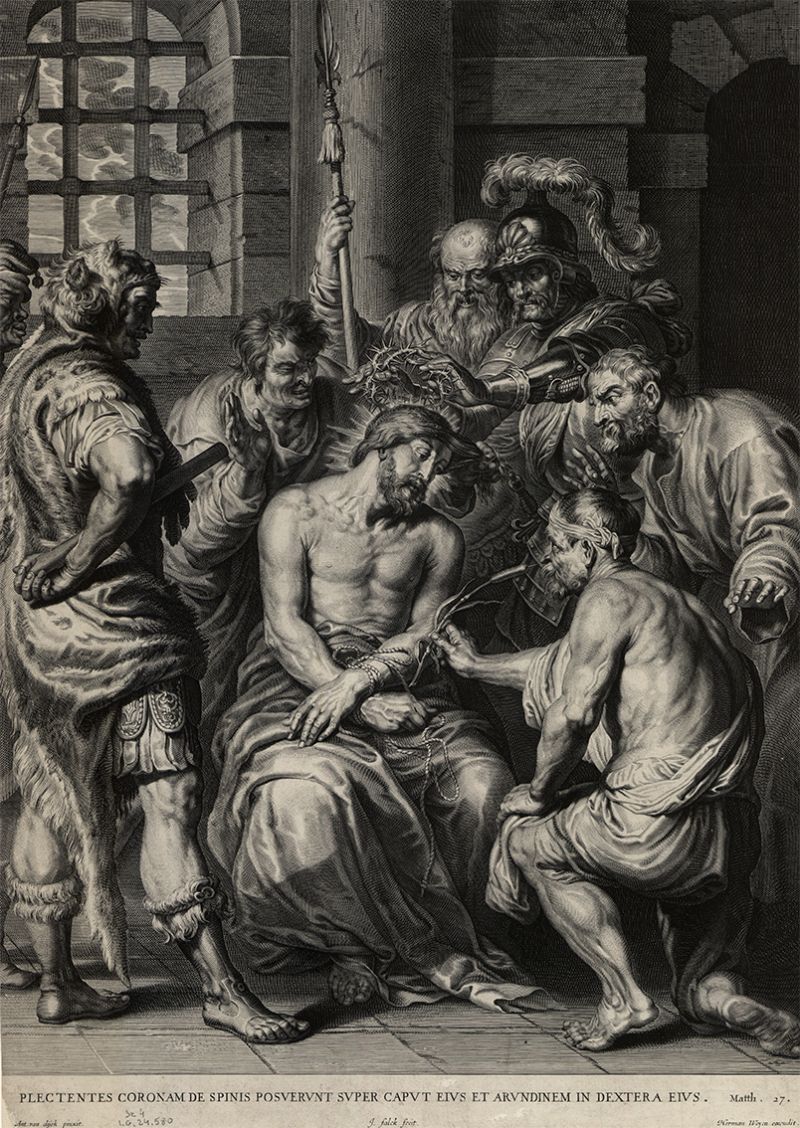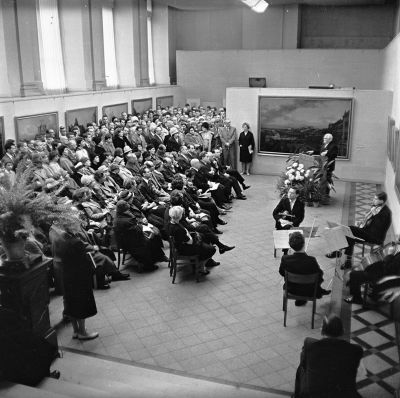Jeremias Falck
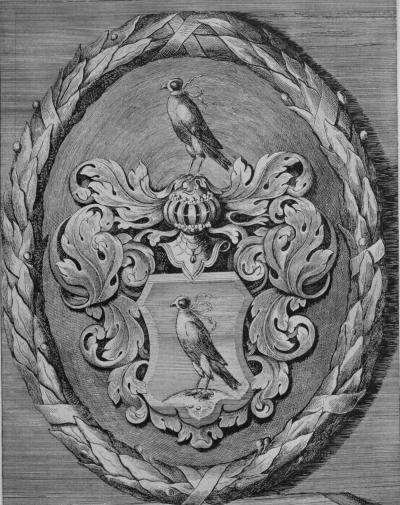
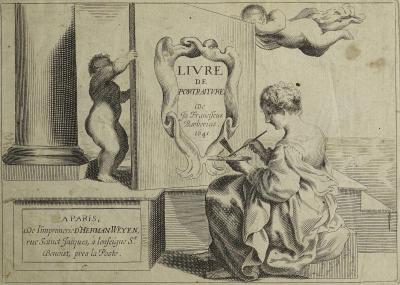

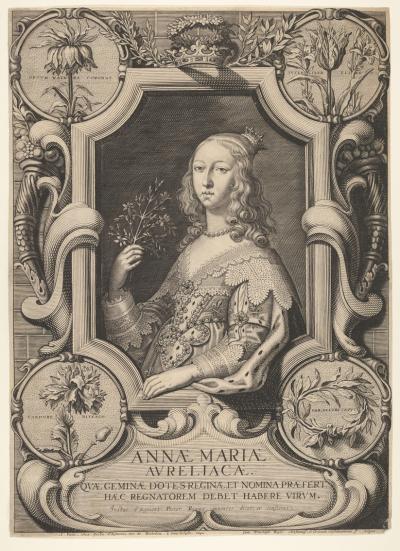
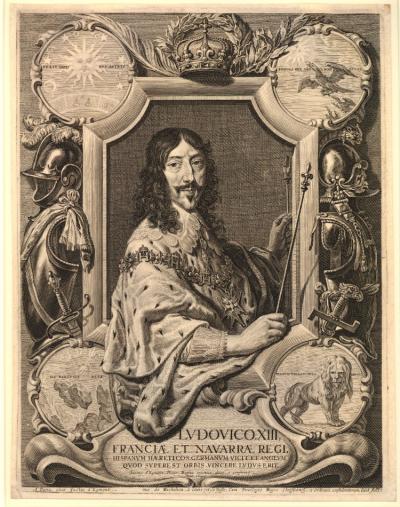
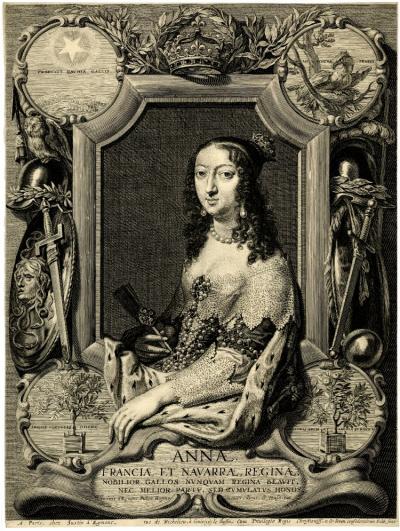
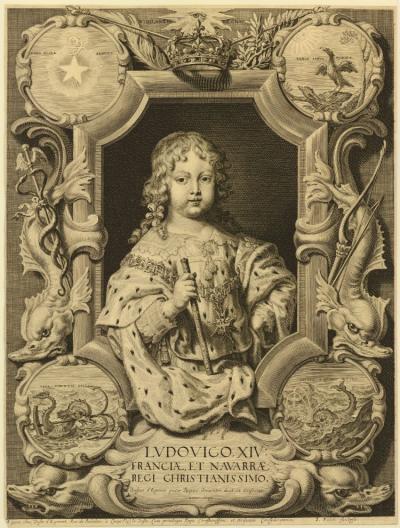
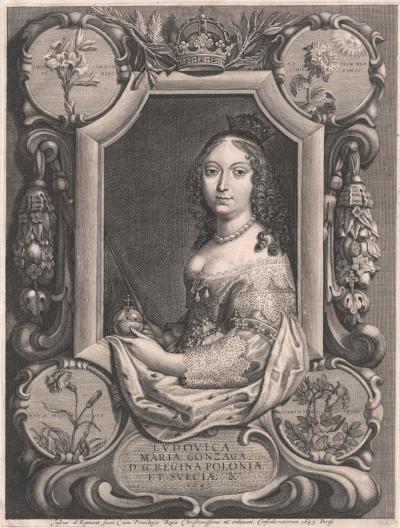
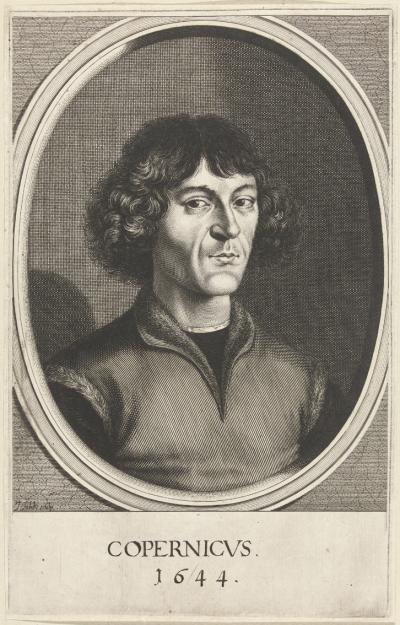
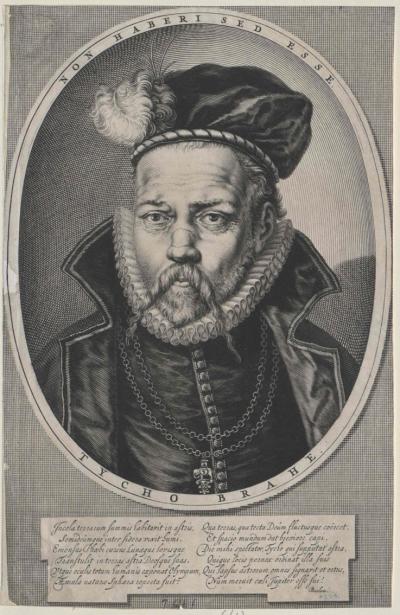
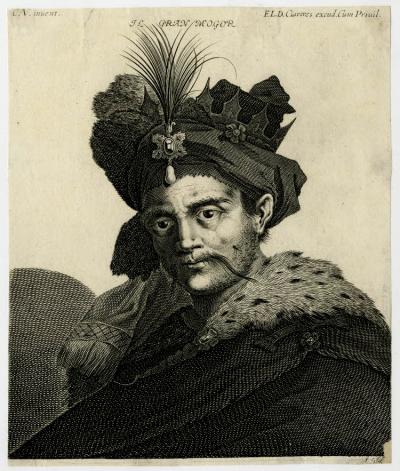
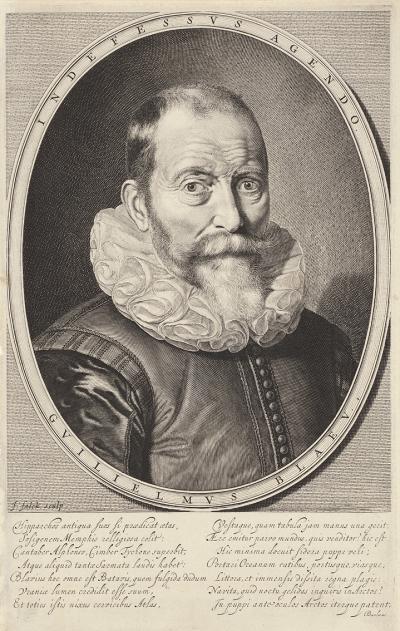
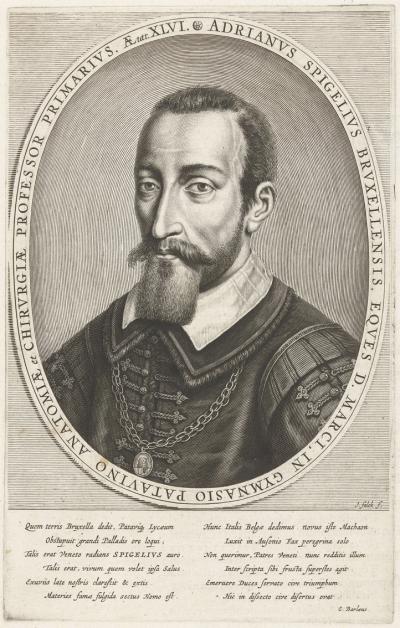
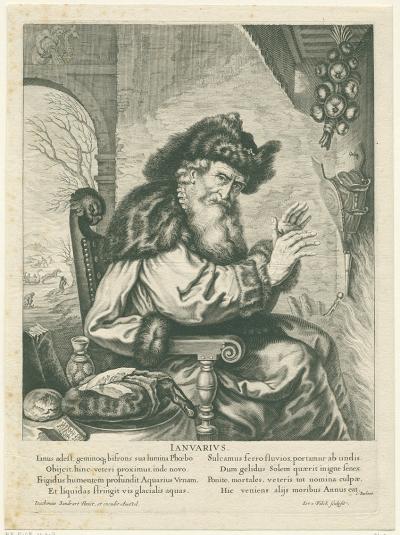
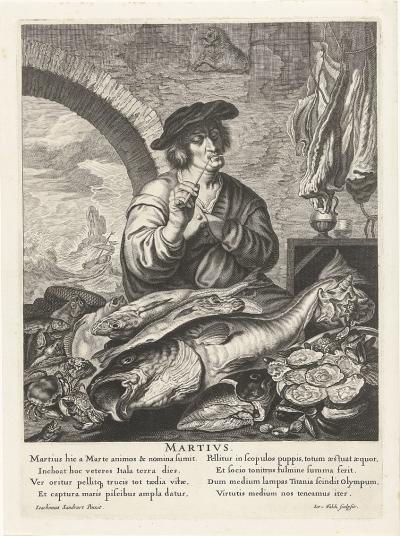
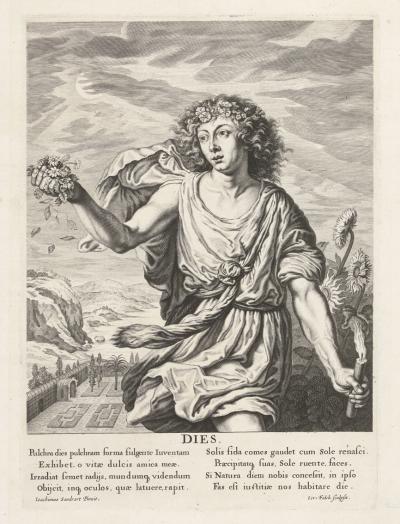
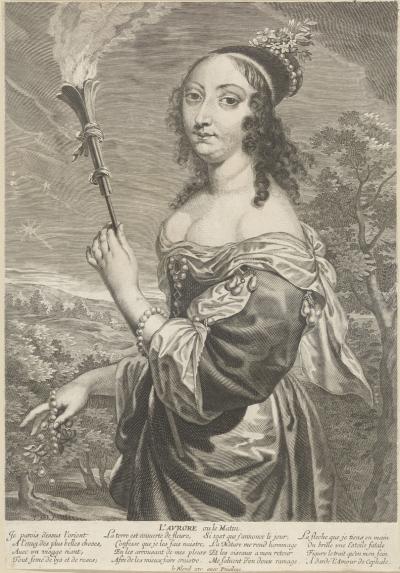
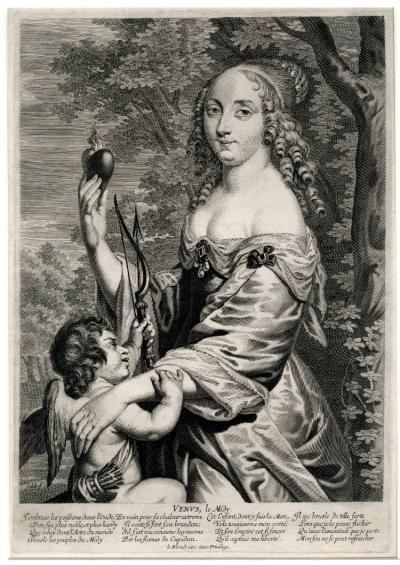
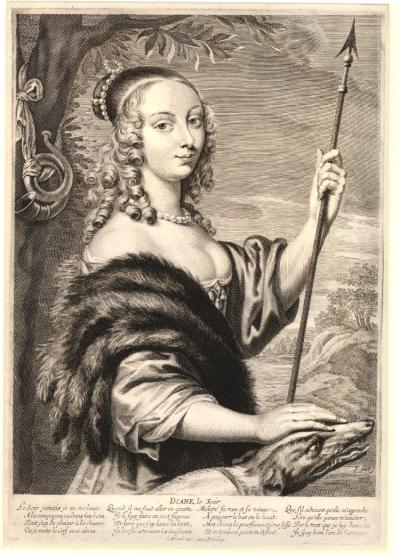
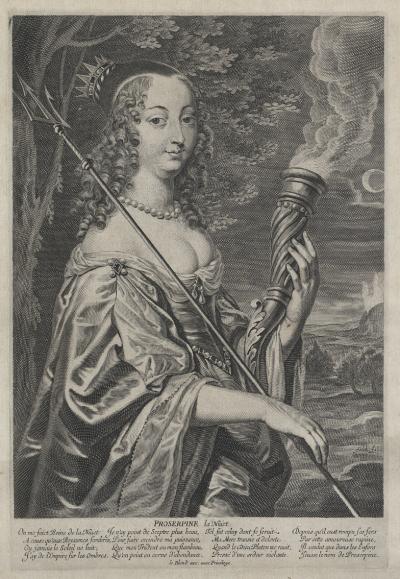

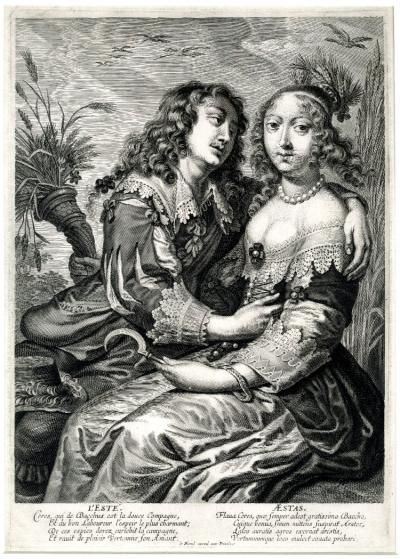
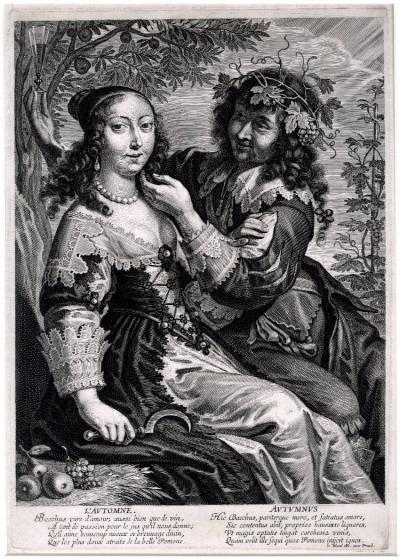
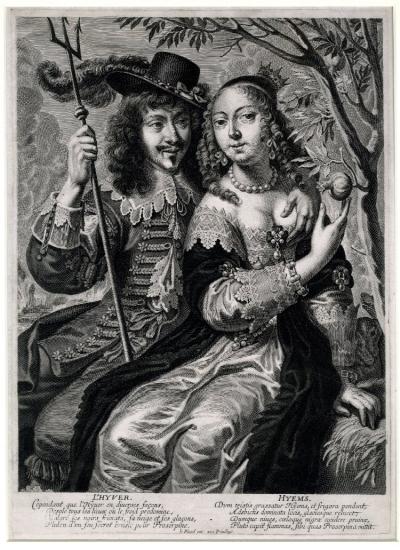
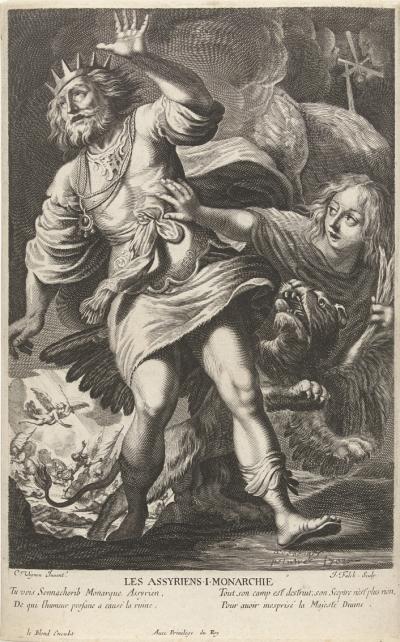
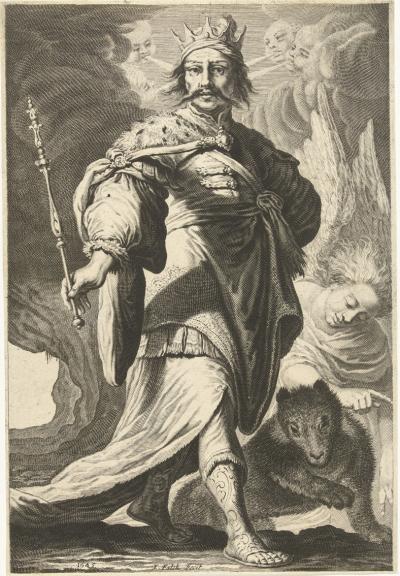

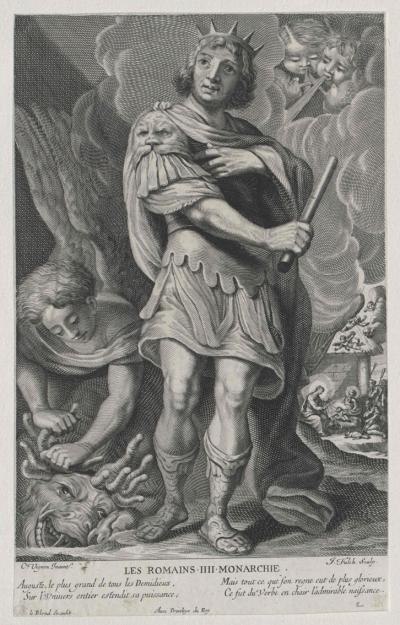
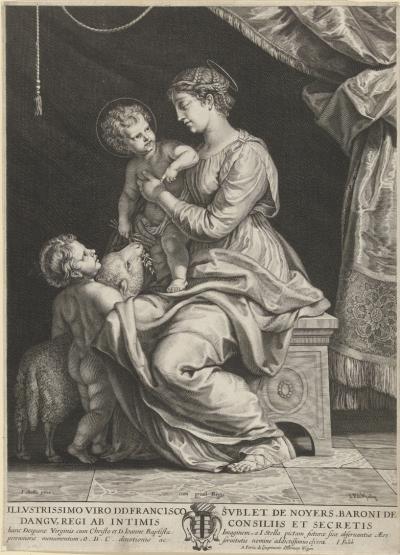
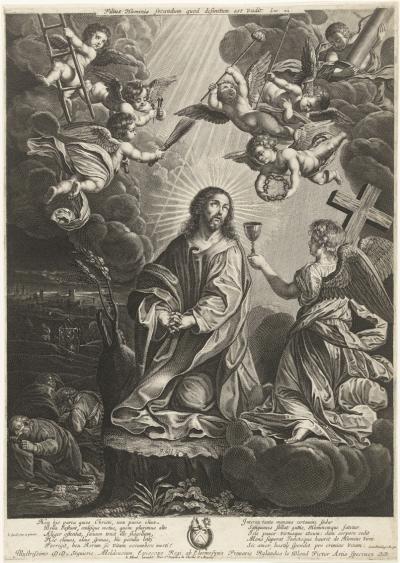

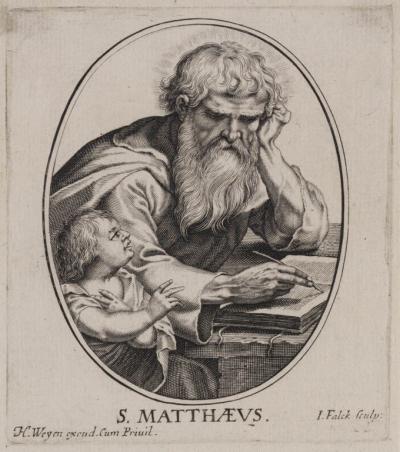
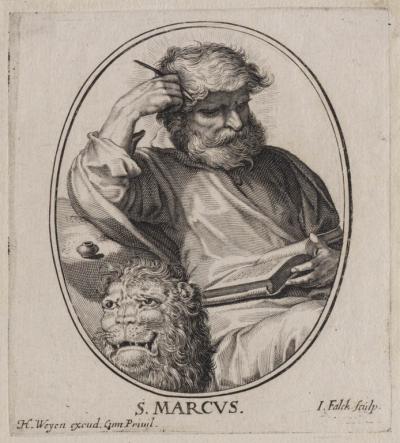
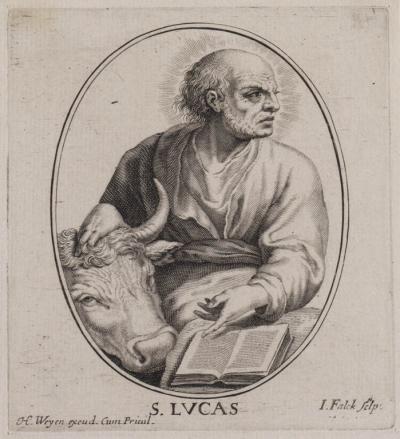
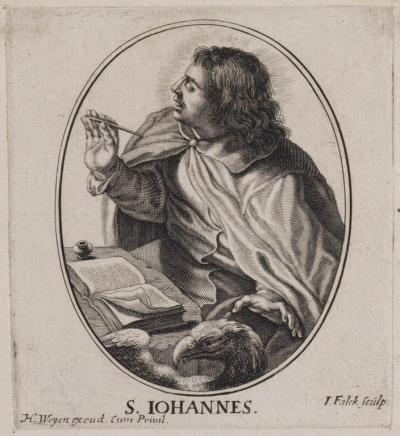
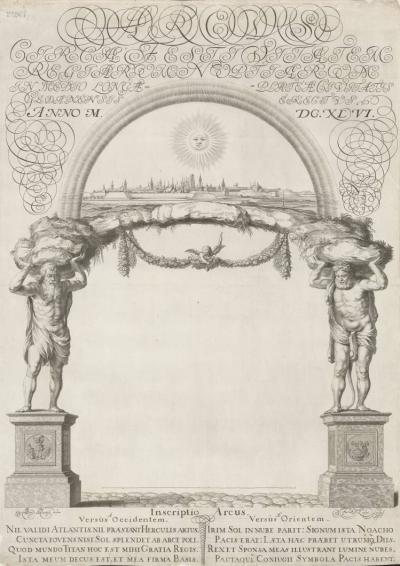

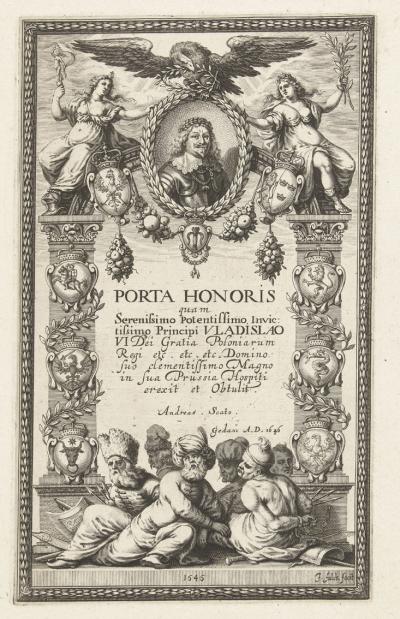
![Ill. 33: Title copper: Jerzy Ossoliński kneels before Pope Urban VIII Ill. 33: Title copper: Jerzy Ossoliński kneels before Pope Urban VIII - To the work by Jerzy Ossoliński: Illustrissimi et Excell[entissi]mi. Copper engraving after unknown. Original, 19 x 14,3 cm, not signed.](/sites/default/files/styles/width_100_tiles/public/assets/images/33_titelkupfer_1647_ossolinski.jpg?itok=In5yX0Cb)
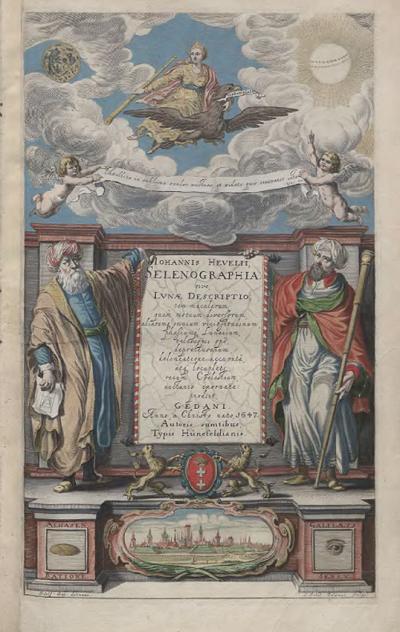
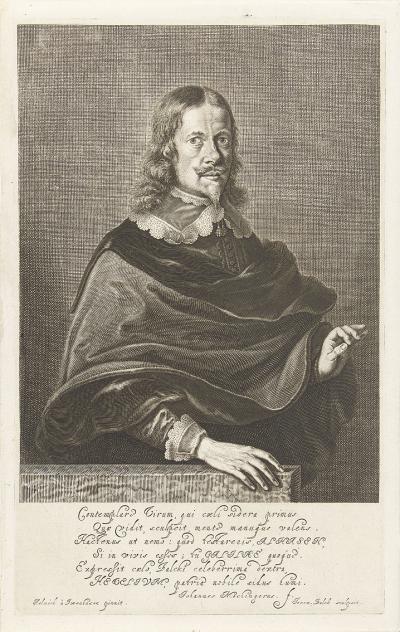
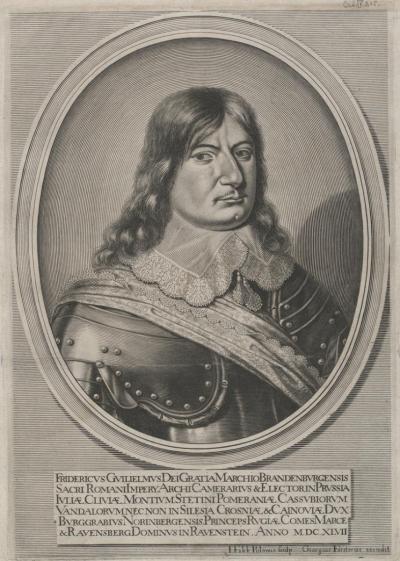
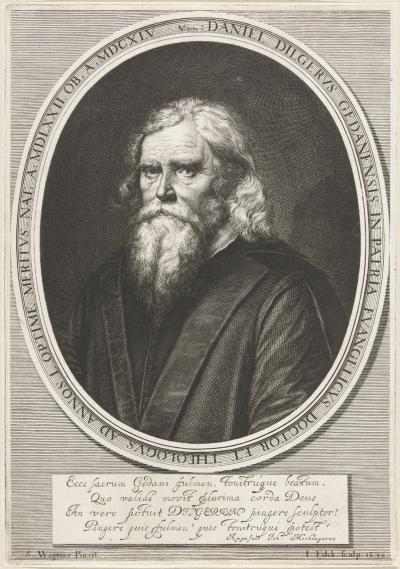
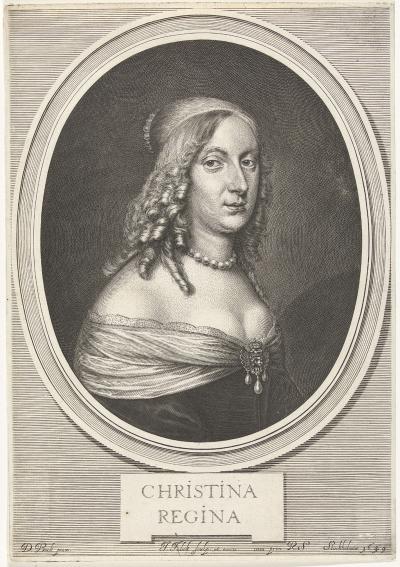

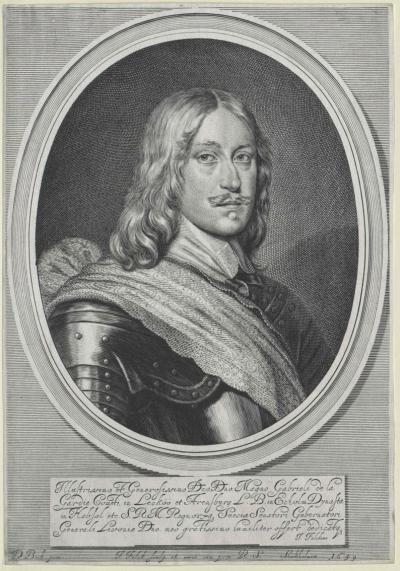
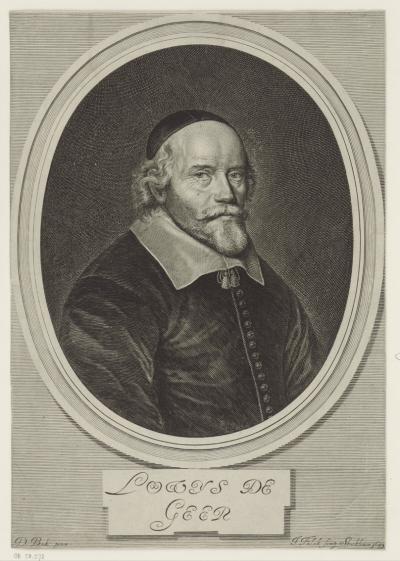
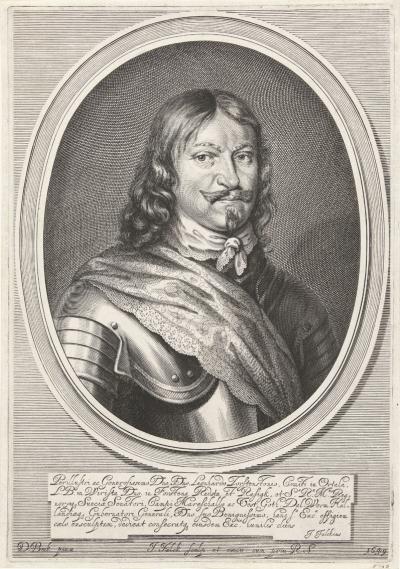
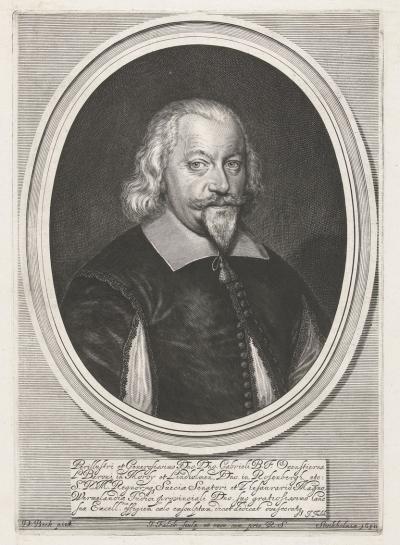
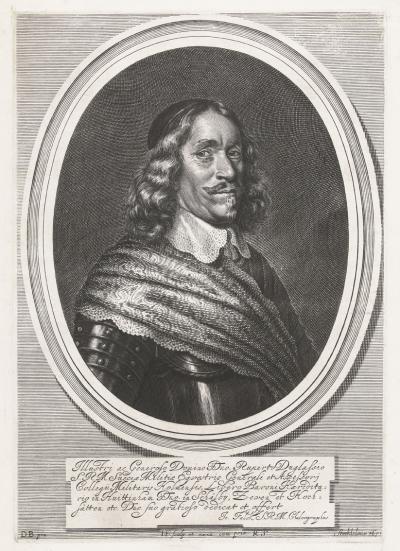
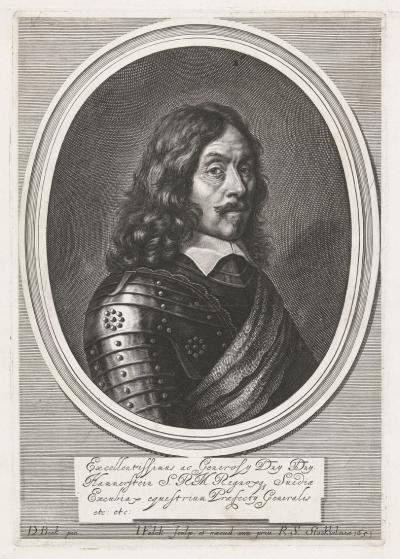
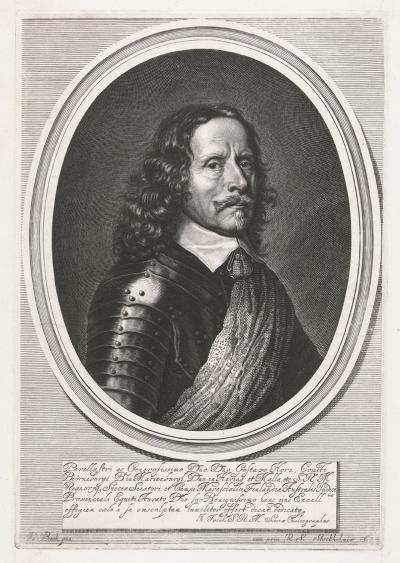
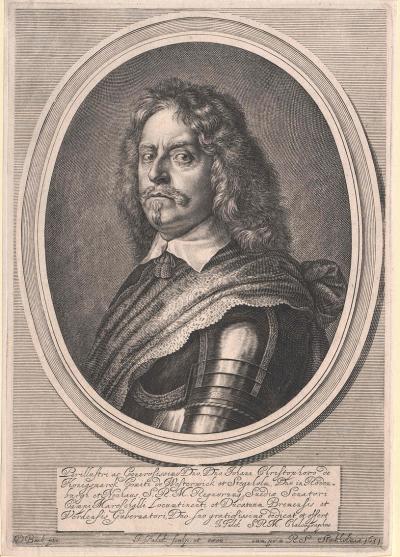
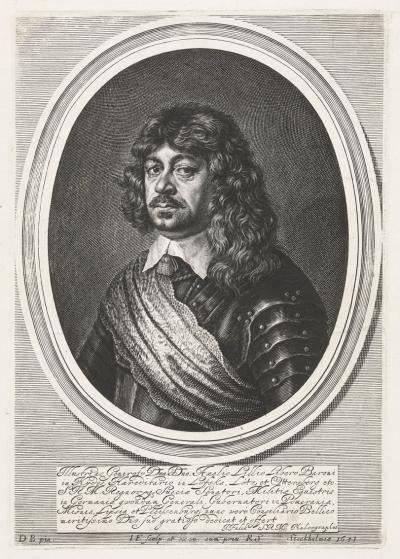
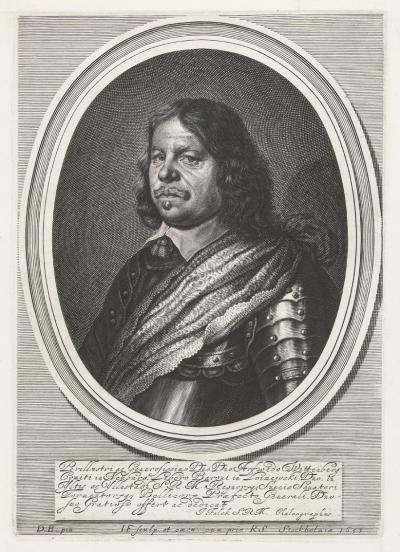
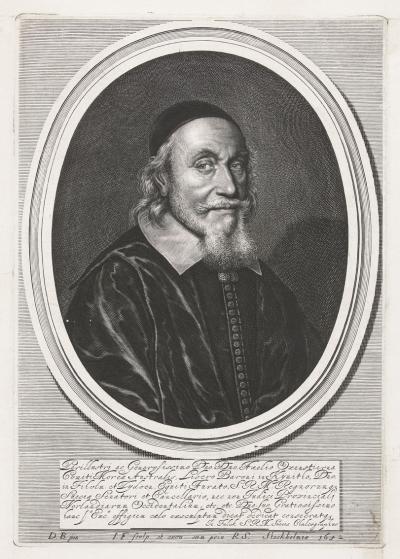
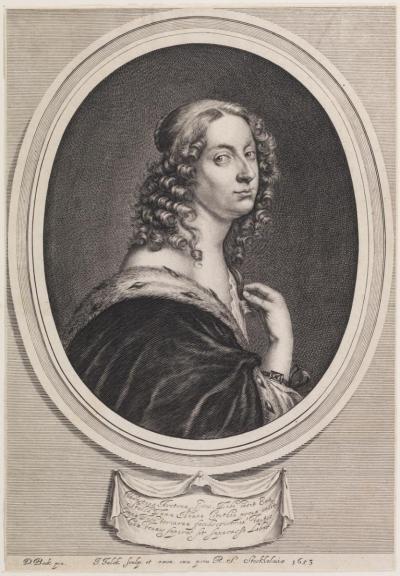
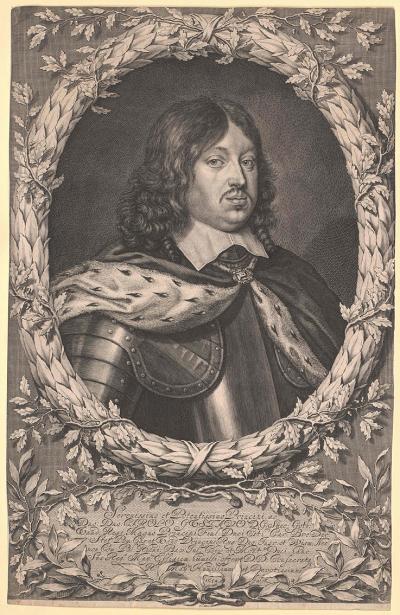
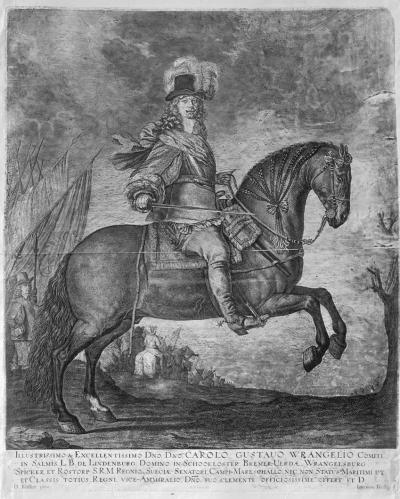

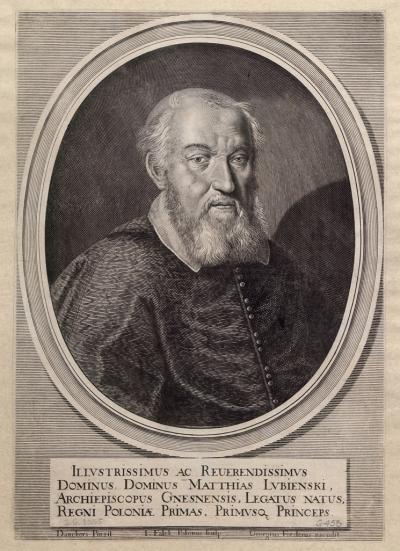
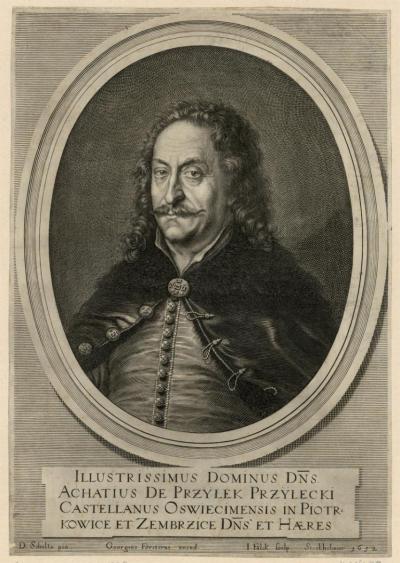
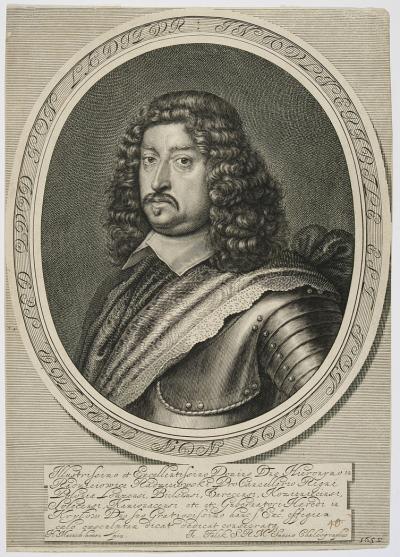
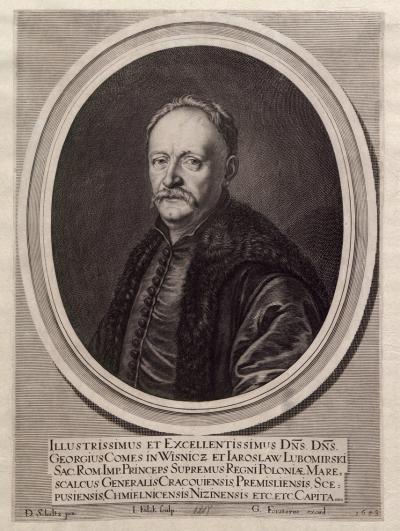
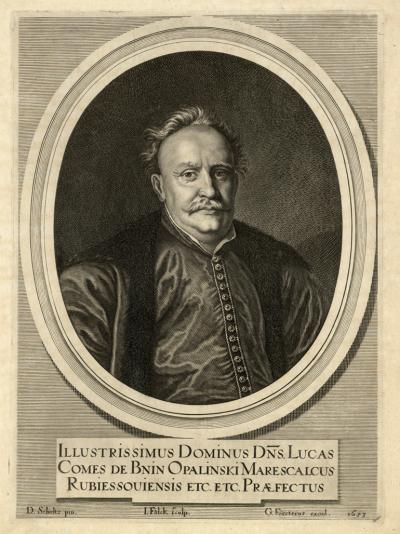
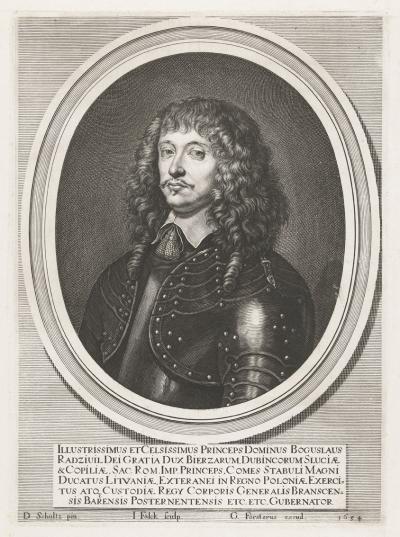
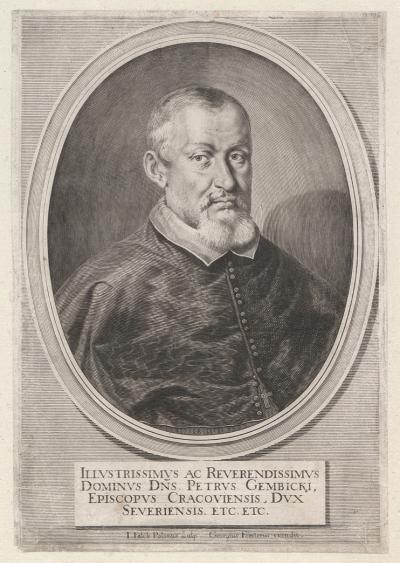
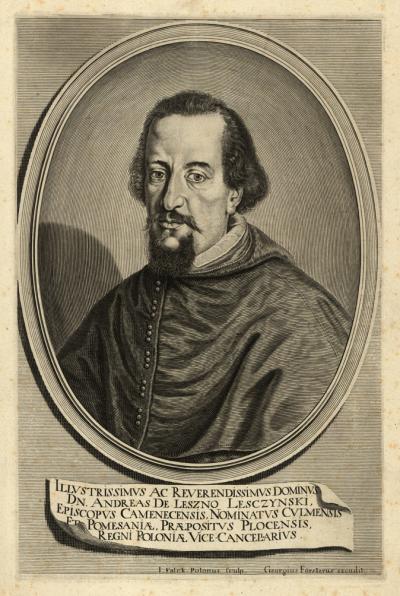
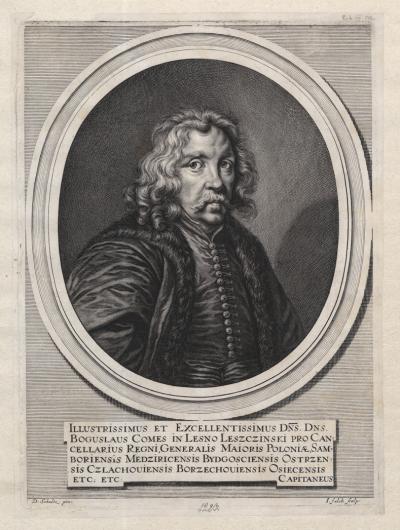
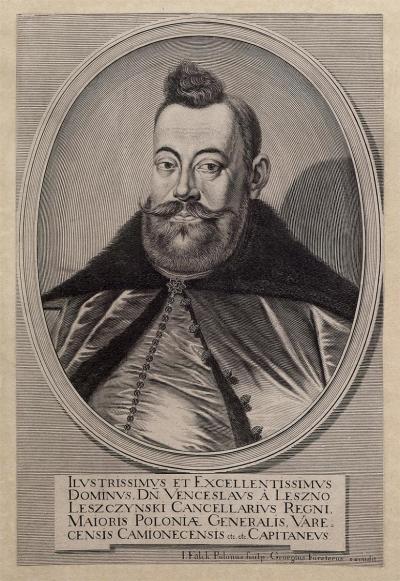
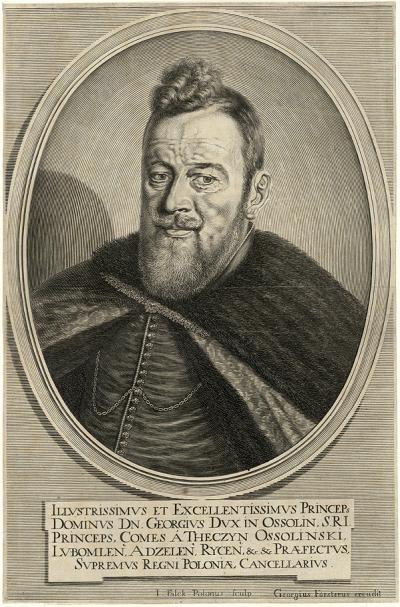
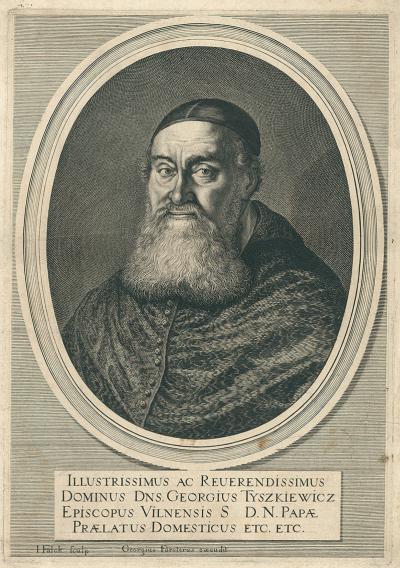
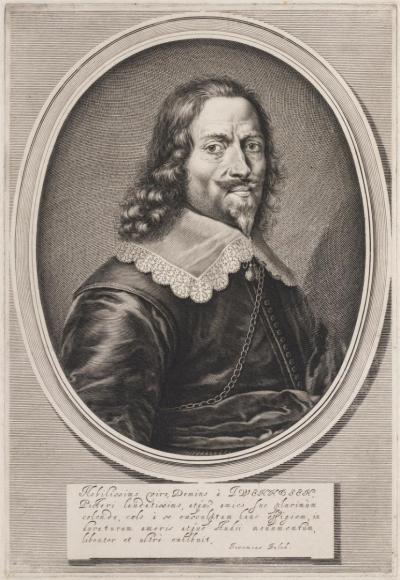

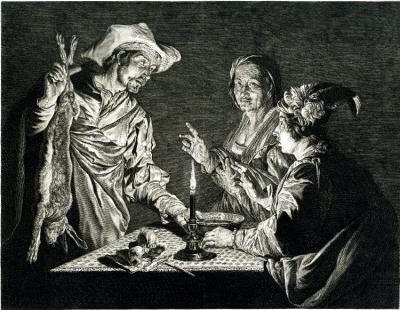
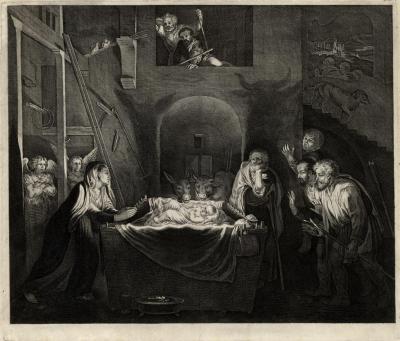
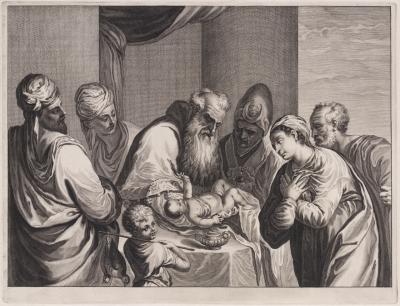
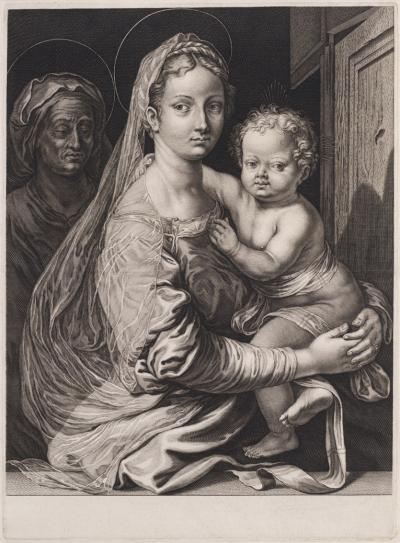
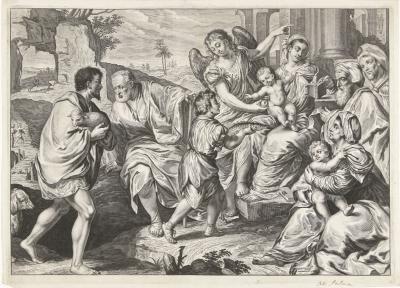
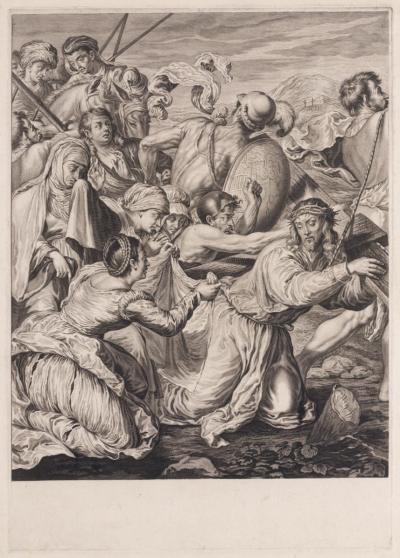
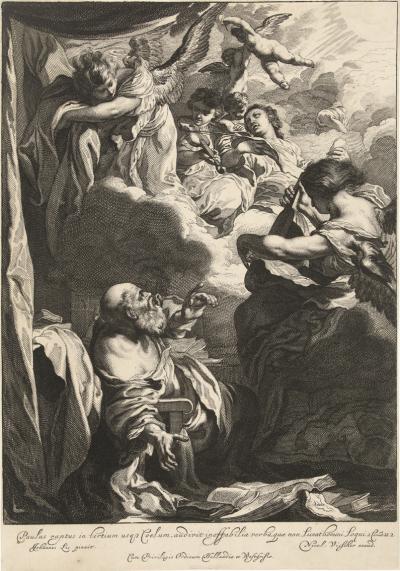
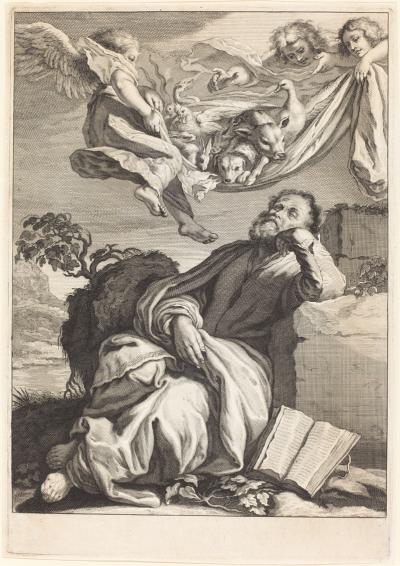
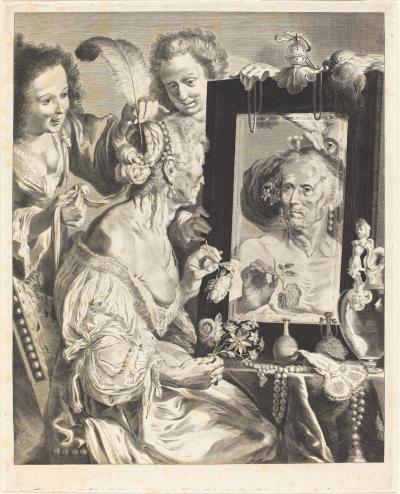
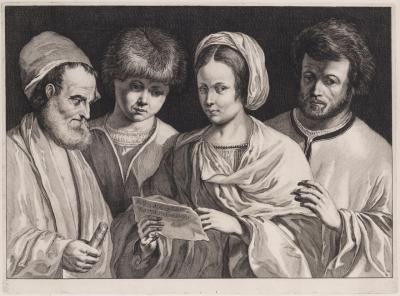
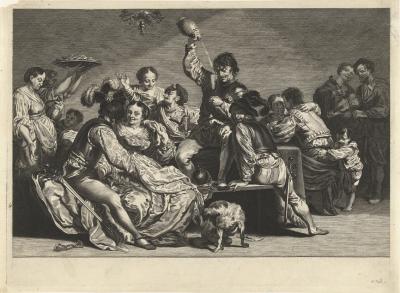
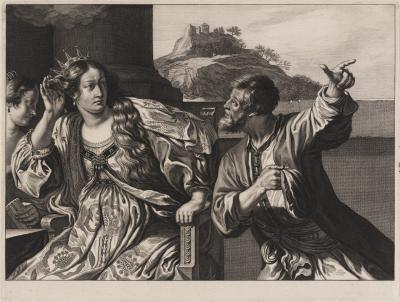
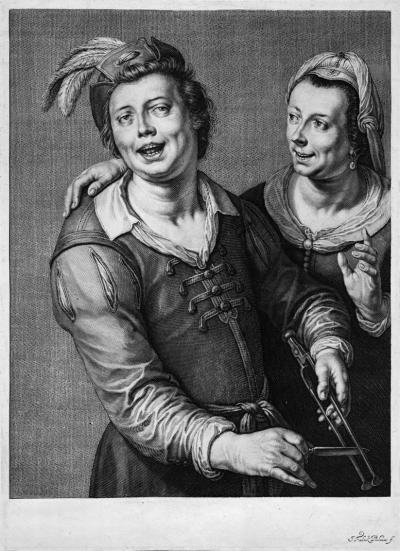
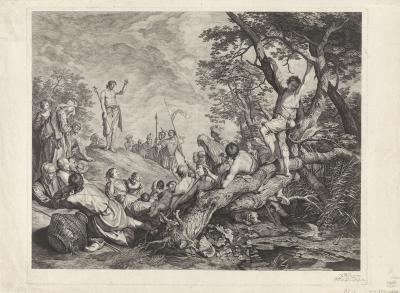
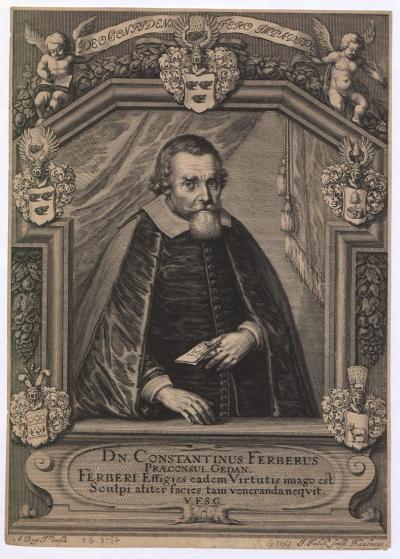
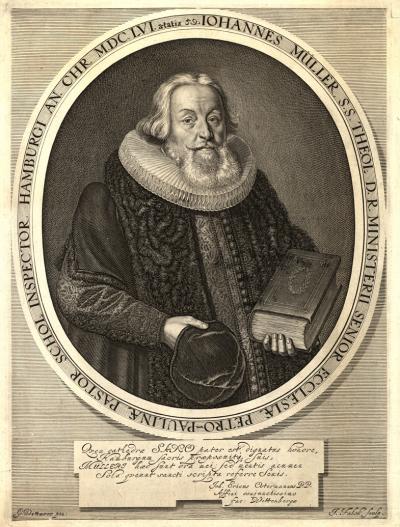
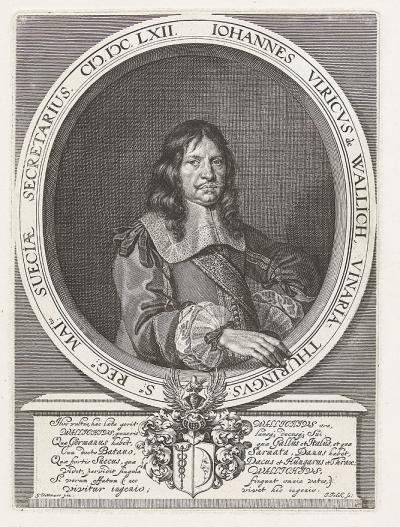
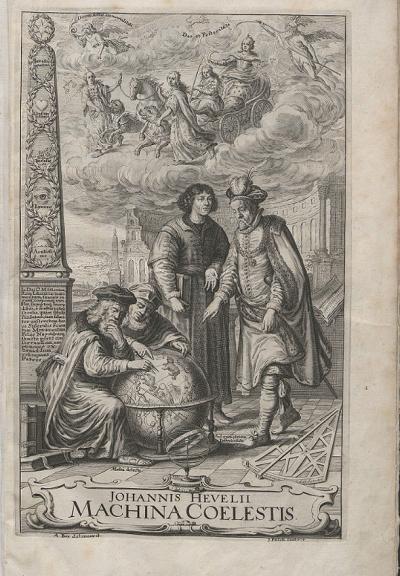

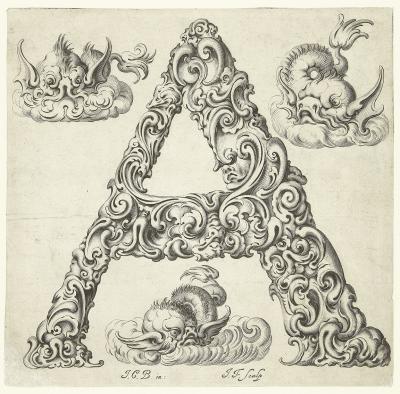
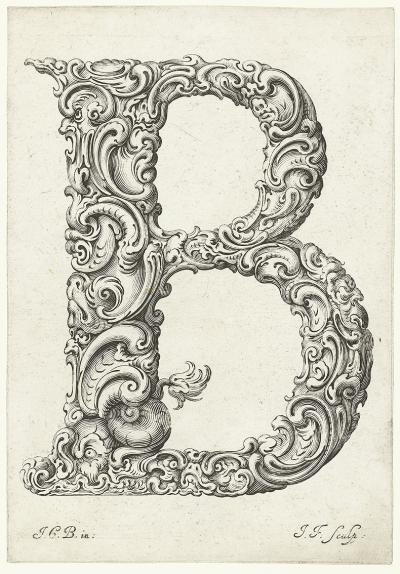


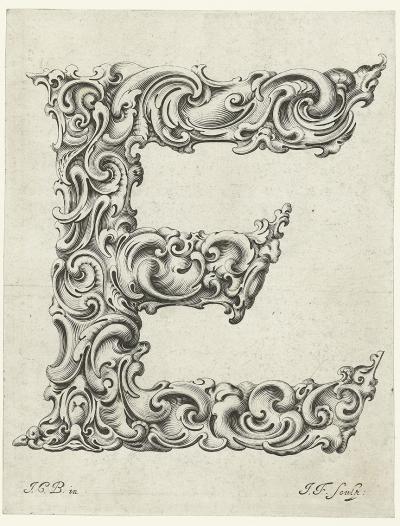
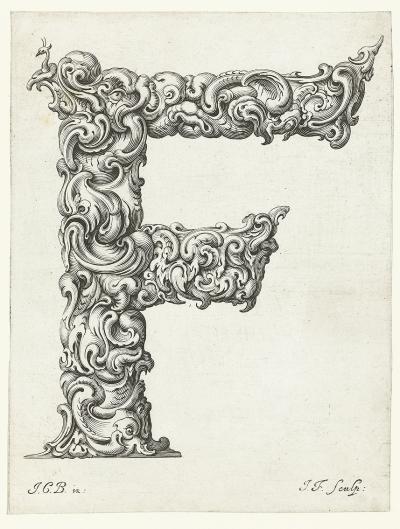
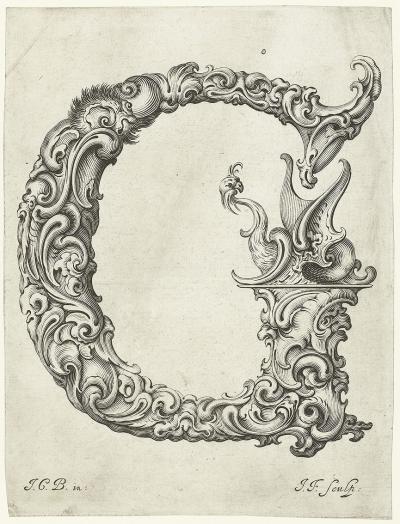
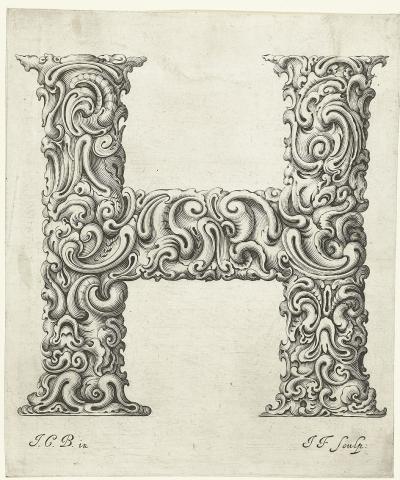

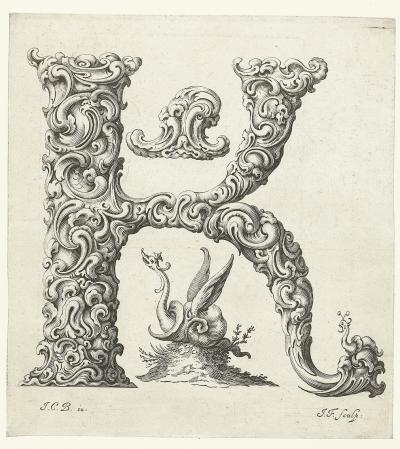
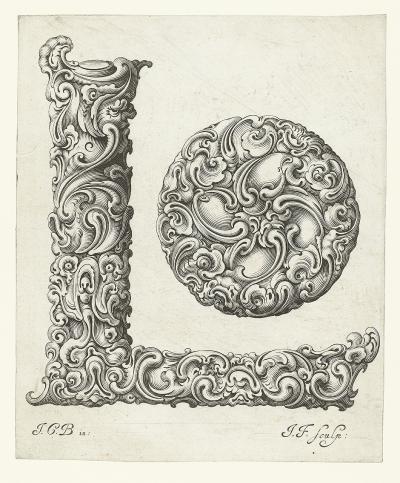
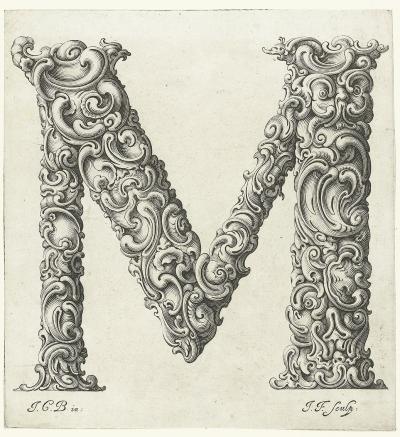
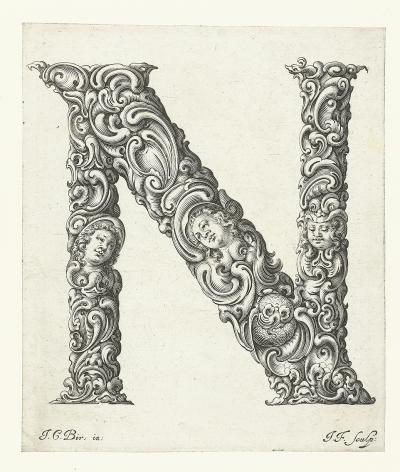
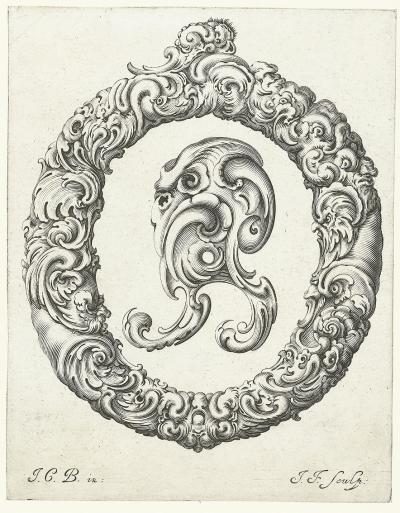
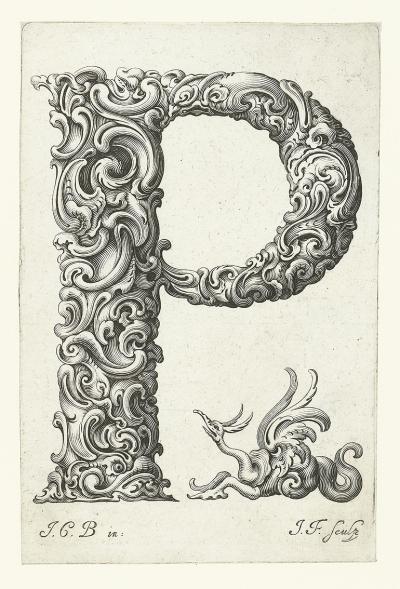
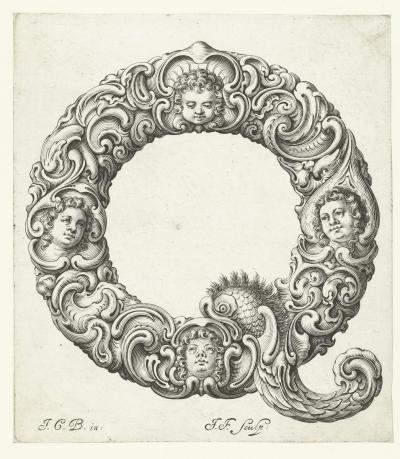
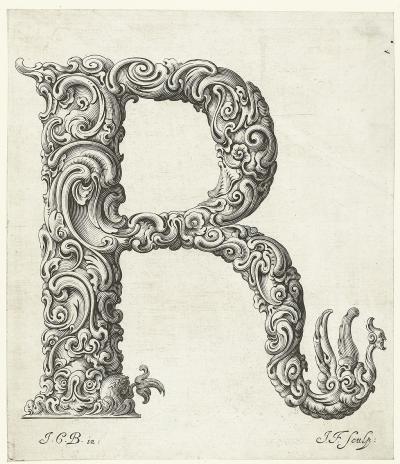
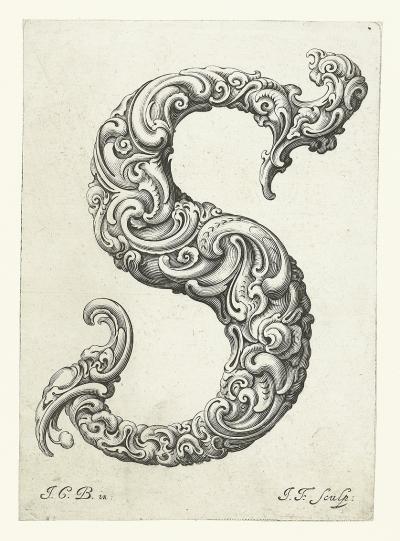
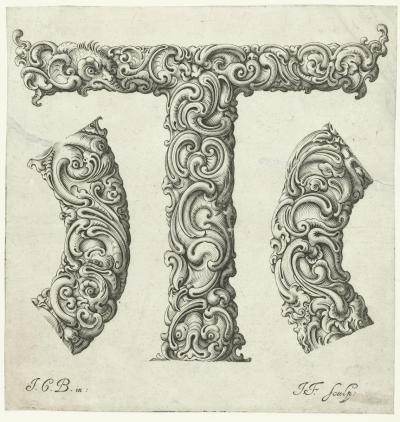
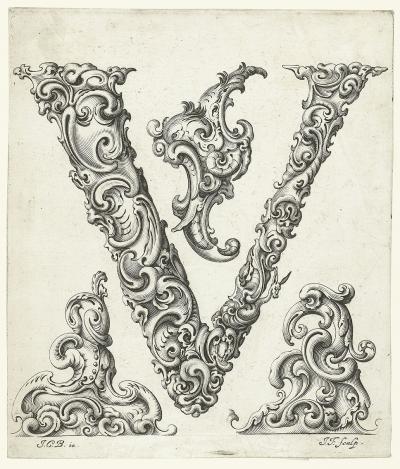
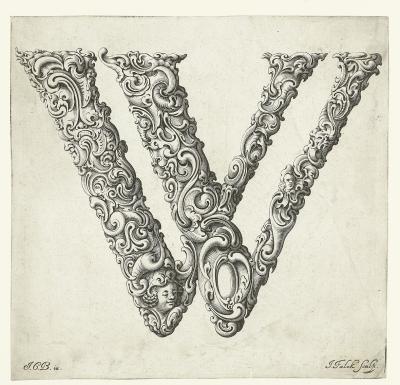
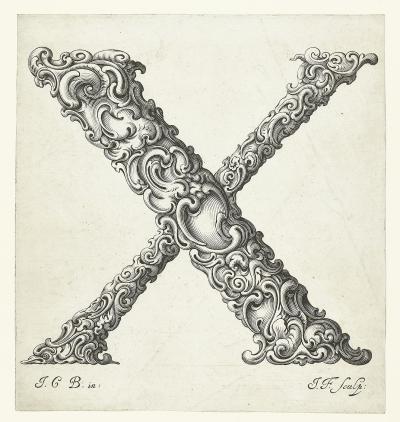
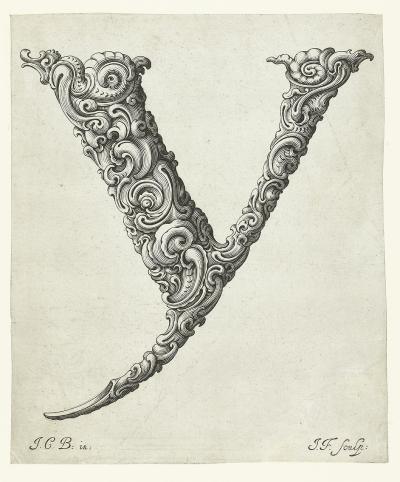
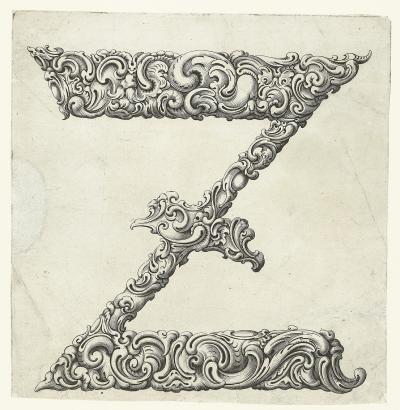

There are a huge number of portraits with Christian motifs from Falck’s time in Paris: Falck probably engraved a “Birth of Christ” from a painting by Paolo Veronese (1528-1588) (Block 3). Block saw a sheet with “Mary as the Queen of Heaven” and an “Adoration of the Shepherds” based on a work by Jacopo Palma (presumably the Younger, known as Palma il Giovane, 1548-1628) in the Pawlikowski collection in Lviv, and a “Virgin and Christchild” based on a work by Justus van Egmont in the Breslau Museum (Block 5, 7, 11). Falck engraved a portrait of “The Virgin Maria with Jesus and John The Baptist as a Child” from a painting by the French-Flemish artist, Jacques Stella (1596-1657), the court painter to Louis XIII; at the time it was in an Amsterdam collection and a very similar version today can be found in the Dunedin Public Art Gallery in New Zealand (Block 12, Ill. 26). Block saw a portrait of “St John the Baptist as child” in the Pawlikowski collection; a “Baptism of Christ” is claimed to be based on a painting by Titian (1488/90-1576) (Block 13, 15). Falck based an engraving, published by Le Blond and entitled “Christ on the Mount of Olives”, on a painting by the Italian artist, Guido Reni (1575-1642) (Block 16, Ill. 27). He engraved “Christ being Mocked with a Crown of Thorns” (Block 17, Title pciture) from a painting by Anthonis van Dyck (1599-1641). A version of the painting, where a soldier clad in an animal skin has been substituted by an aggressive dog on the left edge of the picture, can be found in the Prado Museum in Madrid. During Block’s time his engraving of a “Large Crucifixion”, also based on a painting by van Dyck and now in Amsterdam, could be found in the Polish Museum in Rapperswyl (Block 21). Falck made an engraving of the “Entombment of Christ” from a painting by an unknown master; Block saw duplicates in the Czartoryski Museum and the Pawlikowski collection. Today there is a sheet in the Rijksmuseum in Amsterdam (Block 22, Ill. 28). Still in Paris, Falck completed a huge number of portraits of Saints (Block 27, 28, 30-33): and in an oval frame, an engraving of the “Four Evangelists” whilst they were writing, whose attributes are based on paintings by the Antwerp artist, Pieter van Mol (1599-1650), who set up a workshop in Paris in 1631 and became the court painter to Louis XIII in 1637 (Block 34-37, Ill. 29 a-d); a sequence of sheets featuring the “Twelve Prophets”, published by Le Blond (Block 38-49), and a portrait of St Mary Magdalene, Catherine of Alexandria, Genoveva of Paris and Klara of Assisi, all based on works by different painters and published by different publishers (Block 50-53).
In 1646 Falck returned to Danzig, where he remained for the next three years. Proof of this is provided by the above-mentioned entries in the baptismal register of the church of St Peter and Paul. In 1649, with the help of Le Blond, who was the art agent for Queen Christina of Sweden, he was summoned to the court in Stockholm. Entires in the court register of payments published in 1876 in the “Album Muzeum Narodowego w Rapperswylu” (Block, PDF, p. 8) show that the artist was paid a total of 900 talers in silver coins in 1649. In 1650 he travelled to Danzig to marry Anna Mercator, and after that he travelled back to Stockholm with his wife.





















































































